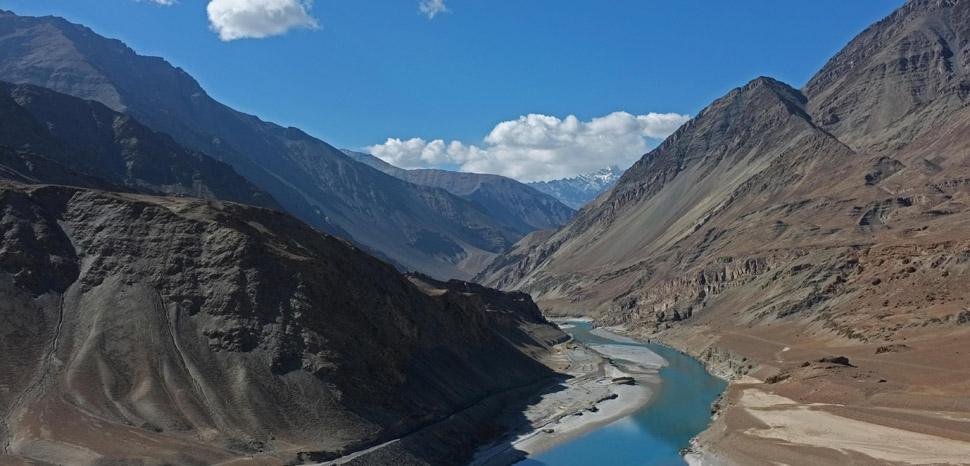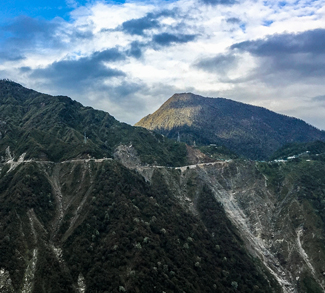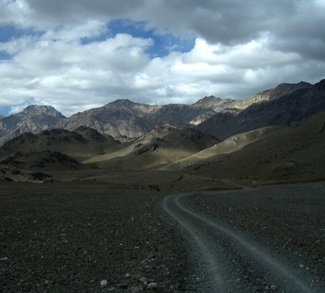Summary
On June 15, armed conflict broke out between Indian and Chinese troops stationed in the Galwan Valley. The valley is located near the line of control between Ladakh and Aksai Chin – Himalayan territory long claimed by both China and India The clash was remarkable in its intensity: it took place at high altitude, with some soldiers reportedly falling to their deaths, and much of it was either hand-to-hand or using crude bludgeons owing to a 1996 agreement that forbids guns and explosives along the line of control. By the time the dust had settled some 20 soldiers had perished on the Indian side, and China’s forces are believed to have suffered a similarly high number of casualties, though Beijing has yet to release any official numbers (US intelligence sources cited by the Hindu put the Chinese total at 35).
The fighting marks a major escalation in the border dispute, one that will have repercussions for both the India-China bilateral relationship and wider geopolitics in the Indo-Pacific.
Background
History of the Border Dispute
Himalayan borders have been a point of contention between India and China throughout the entire post-colonial era, and these tensions have boiled over into all-out war in the past, notably in 1962 when the present lines of control were established at the cost of a decisive Indian defeat. Broadly speaking, there are three zones at the forefront of the dispute: 1) a tract of territory north of the Siachen glacier that is contiguous with Pakistan-controlled Kashmir (currently not contiguous with India-controlled territory); 2) a vast tract of northeastern Ladakh/Aksai Chin, where recent fighting occurred; and 3) a patch of territory on the southeastern tip of Ladakh.
There are also pockets of disputed and/or hazily delineated borders up and down the entire line of control. Nearly all of the terrain in question is extremely inhospitable and for the most part lacking in even the most basic infrastructure, making military operations a logistical nightmare. Such harsh terrain has actually served as a mitigating factor in the stand-off, since it makes it impossible in practical terms to launch a large-scale attack that would catch the other side unaware. However, it also invites escalations with every new road, rail, or military structure built near the border – all of which serve to alter the strategic balance – and numerous clashes in the past have been triggered by such events.
The border dispute has not seen any major diplomatic breakthroughs since a 1996 agreement that committed the two sides to vague and non-binding demilitarization and delineated legitimate military activities along the border (for example, no guns, explosives, or military exercises in excess of 5,000 troops).
Clashes and stand-offs have periodically broken out since 1962, though the last time someone actually died in one of these exchanges was all the way back in 1975. Tension upticks over recent decades have tended to be matters of military posturing, which have up until now ultimately been successfully de-escalated without fail. For example, there was the 2013 Daulat Beg Oldi incident, in which new military structures were established then abandoned; and the 2017 Doklam Plateau standoff, which saw Indian troops crossing the line of control to halt the construction of a new road on the Chinese side of the border. In each case, cooler heads eventually prevailed.
The same can’t be said of June 15, 2020.




